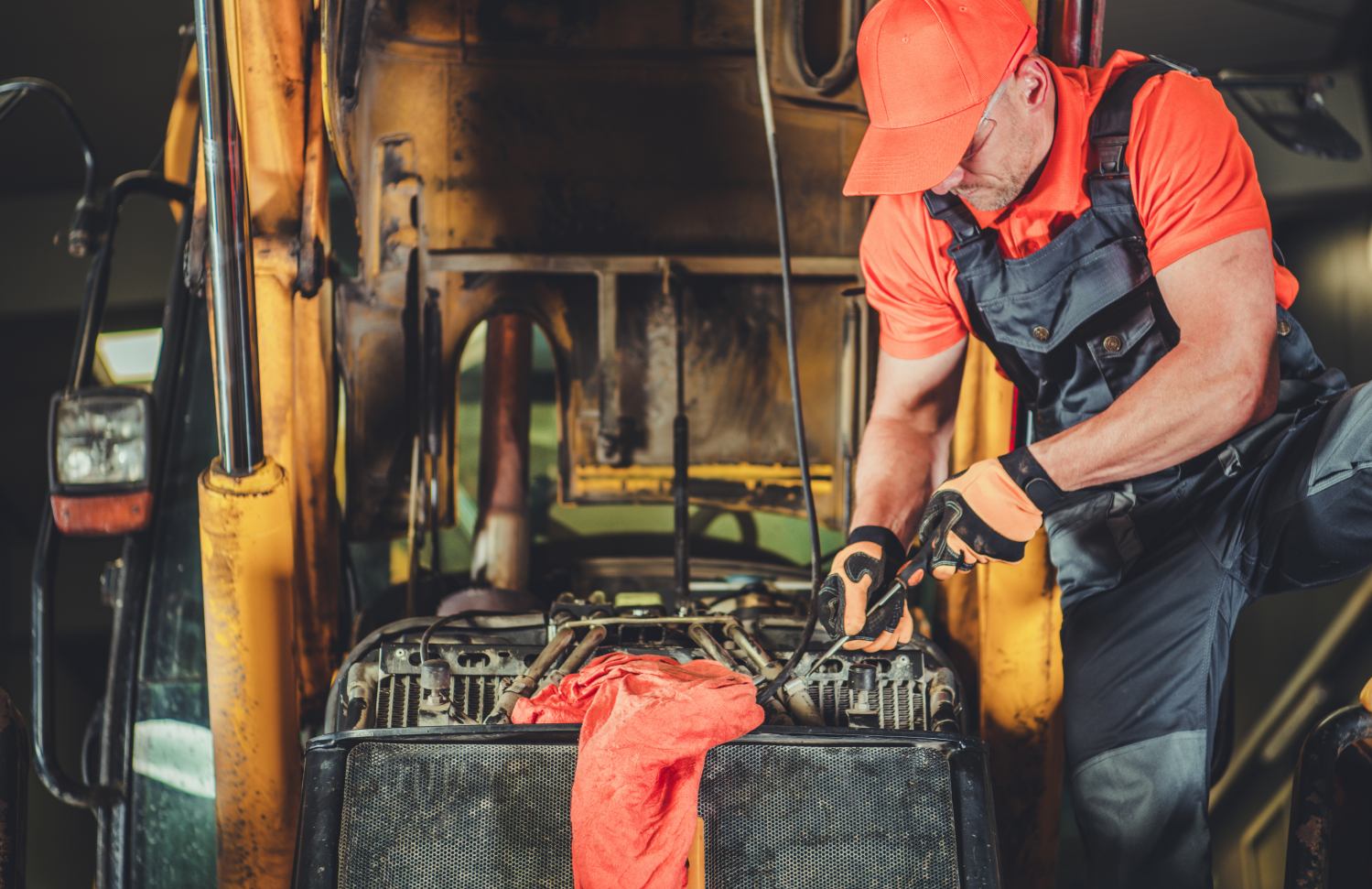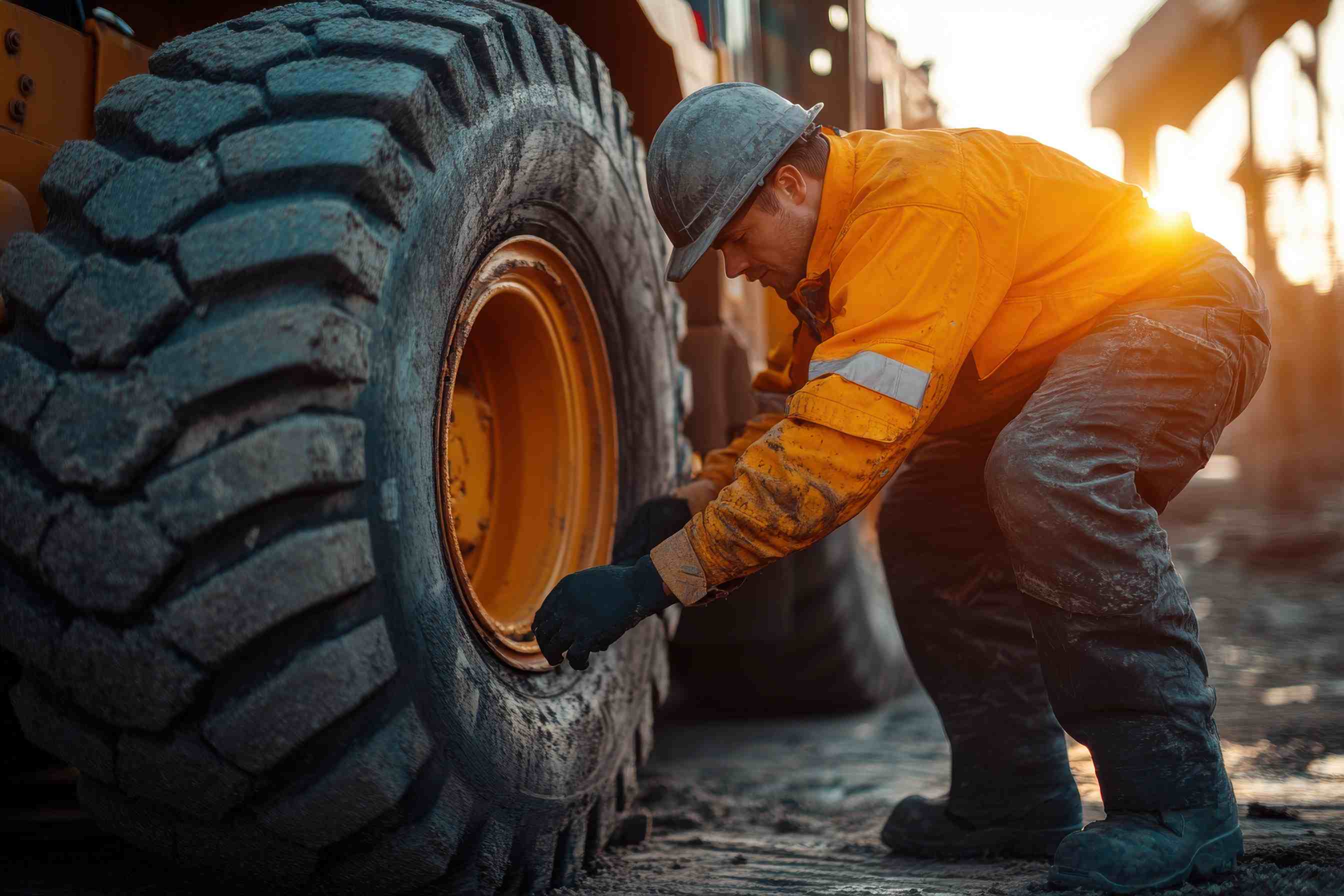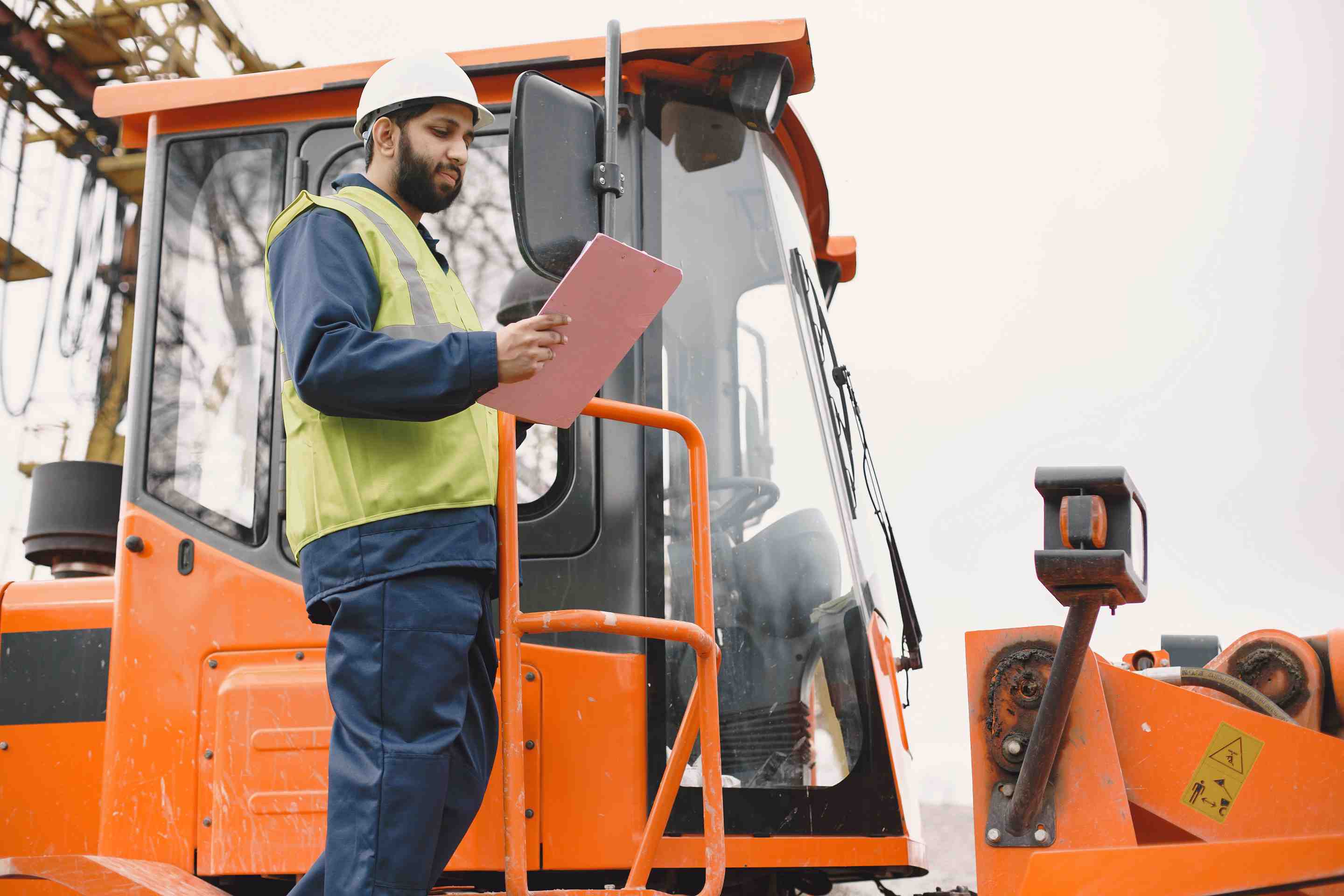Получите последнюю информацию о продукте и информацию о предложениях
Колесные погрузчики Являются важнейшим оборудованием на строительных площадках, в шахтах, на фермах и в портах. Они ежедневно выполняют тяжёлые погрузочно-разгрузочные работы, перемещение и уборку. Однако, как и любая трудолюбивая техника, погрузчики неизбежно сталкиваются с различными проблемами.
Своевременное выявление и устранение этих проблем позволит не только минимизировать дорогостоящие простои, но и обеспечить безопасную эксплуатацию и продлить срок службы оборудования. В этой статье мы подробно рассмотрим 5 наиболее распространённых проблем с погрузчиками и предложим понятные и эффективные решения, которые помогут вам поддерживать максимальную производительность оборудования.
Проблема 1: Медленная реакция трансмиссии или проскальзывание (проблемы с трансмиссией)
Трансмиссия является основой силовой системы погрузчика, и ее состояние напрямую влияет на ходовые и эксплуатационные возможности оборудования.
Распространенные симптомы:
К распространенным симптомам относятся затрудненное переключение передач, сильный удар, проскальзывание передач или прерывание подачи питания во время движения, необычный гул или скрип трансмиссии, а также высокая температура трансмиссионного масла и сигналы тревоги на приборной панели.
Корневые причины:
К основным причинам относятся проблемы с маслом, такие как низкий уровень трансмиссионного масла, загрязнение масла или использование неподходящего типа масла; засорение фильтра, то есть трансмиссионный фильтр не менялся в течение длительного времени, что приводит к засорению масляного контура; внутренний износ, такой как износ внутренних компонентов, таких как диски сцепления, фрикционные диски или шестерни; и отказ электронного управления, то есть отказ регулирующего клапана или электромагнитного клапана, что приводит к невозможности правильного выполнения команды переключения передач.

Решение:
Проблема 2: Неисправности гидравлической системы
Гидравлическая система — это «мышца» погрузчика, отвечающая за все ключевые действия, такие как подъем стрелы и переворачивание ковша.
Распространенные симптомы:
Скорость подъёма стрелы или переворота ковша значительно снижается. Даже при высоких оборотах двигателя подъёмная сила ощущается недостаточной. Гидронасос издаёт резкий свистящий звук. Имеются явные признаки утечки масла в соединениях гидравлических трубопроводов или цилиндрах, а температура гидравлического масла слишком высокая.
Основная причина:
Загрязнение масла – главная причина отказов гидравлических систем. Пыль, влага или металлические частицы, попадающие в масло, быстро изнашивают насос, клапан и цилиндр; засорение фильтрующего элемента, то есть фильтрующий элемент гидравлического масла (включая фильтры всасывания и возврата масла), что приводит к недостаточной подаче масла; слишком низкий уровень масла, то есть уровень масла в гидравлическом баке ниже нормы, что приводит к подсосу воздуха в систему. Износ основных компонентов, таких как гидравлический насос, главный регулирующий клапан или внутренние уплотнения цилиндра, приводит к внутренним утечкам и невозможности создания давления.
Решение:
Проблема 3: Трудности с запуском двигателя или черный дым (проблемы с двигателем)
Двигатель — это сердце погрузчика, и любая проблема с ним может привести к полной остановке оборудования.
Распространенные симптомы:
К распространенным симптомам относятся трудности с запуском как холодного, так и горячего двигателя, необходимость многократных попыток, недостаточная мощность при работе, ощущение «слабости», нестандартный цвет дыма из выхлопной трубы (черный дым: неполное сгорание; синий дым: горящее масло; белый дым: топливо содержит воду или охлаждающая жидкость попадает в цилиндр), а также слишком высокая температура охлаждающей жидкости двигателя или нестандартный стук во время работы.
Корневые причины:
К основным причинам относятся: топливная система, например, засоренный дизельный фильтр, плохое распыление форсунки или низкое качество топлива; в системе впуска сильно засорен воздушный фильтр, что приводит к недостаточному поступлению воздуха; в системе охлаждения засорен радиатор, неисправен термостат или недостаточно охлаждающей жидкости, что приводит к перегреву двигателя; также существуют проблемы с системой смазки, то есть низкое давление масла или его недостаточное количество.
Решения:
Проблема 4: Чрезмерный износ или повреждение шин (проблемы с шинами/дисками)
Шина — единственная часть погрузчика, которая контактирует с землей, и ее состояние напрямую влияет на тягу, устойчивость и даже безопасность эксплуатации оборудования.

Распространенные симптомы:
Неравномерный износ рисунка протектора, такой как чрезмерный износ в средней части, по бокам или в отдельных частях, трещины и вздутия на боковине шины или прокол протектора острыми предметами, аномальные неровности или тряска кузова во время движения, частое падение давления в шинах, частая необходимость подкачки воздуха, ослабленные болты ступицы колеса или деформация и трещины на ободе.
Корневые причины:
Неправильное давление в шинах. Слишком высокое давление в шинах приведет к повышенному износу средней части протектора. Слишком низкое давление в шинах приведет к износу обеих сторон и увеличит риск разрыва шины. Длительная перегрузка, то есть непрерывная эксплуатация с нагрузкой, превышающей номинальную, оказывает огромное давление на конструкцию шины. Тяжелые условия эксплуатации, то есть частая езда по острым камням, строительному мусору или неровной поверхности. Вредные привычки, такие как резкие повороты, развороты на месте и спешка к куче материалов на высокой скорости, серьезно изнашивают шины. Также существует небрежное обслуживание, то есть несвоевременная очистка протектора от камней и недостаточная затяжка болтов ступицы колеса с требуемым моментом.
Решение:
Проблема 5: Неисправность электрической системы (проблемы с электрикой)
Современные погрузчики все чаще используют сложные электрические системы для управления и контроля состояния оборудования.
Распространенные симптомы:
Фары и рабочее освещение выключены или мигают, стартер не реагирует или не может вращаться, аккумулятор часто разряжается, а индикаторные лампы на приборной панели, приборы или экраны дисплеев работают неправильно.
Корневые причины:
Проблемы с аккумулятором, такие как старение аккумулятора, коррозия оголовка сваи или ослабленные соединения; отказ генератора, то есть генератор не может нормально заряжать аккумулятор; повреждение линии, такое как старение, поломка, короткое замыкание или плохой контакт разъемов; перегорание предохранителя, то есть перегрузка цепи или короткое замыкание приводят к перегоранию предохранителя.

Решение:
Вывод: профилактика лучше лечения.
Управление колесным погрузчиком требует разработки строгого плана ежедневного осмотра и регулярного технического обслуживания, чтобы можно было заранее обнаружить и устранить большинство вышеперечисленных проблем.
Своевременное устранение мелких проблем — лучший способ предотвратить их перерастание в дорогостоящий капитальный ремонт и длительный простой. Включите профилактическое обслуживание в свою повседневную работу, и ваш погрузчик окупит ваши инвестиции за счёт повышения эффективности, увеличения срока службы и повышения безопасности.